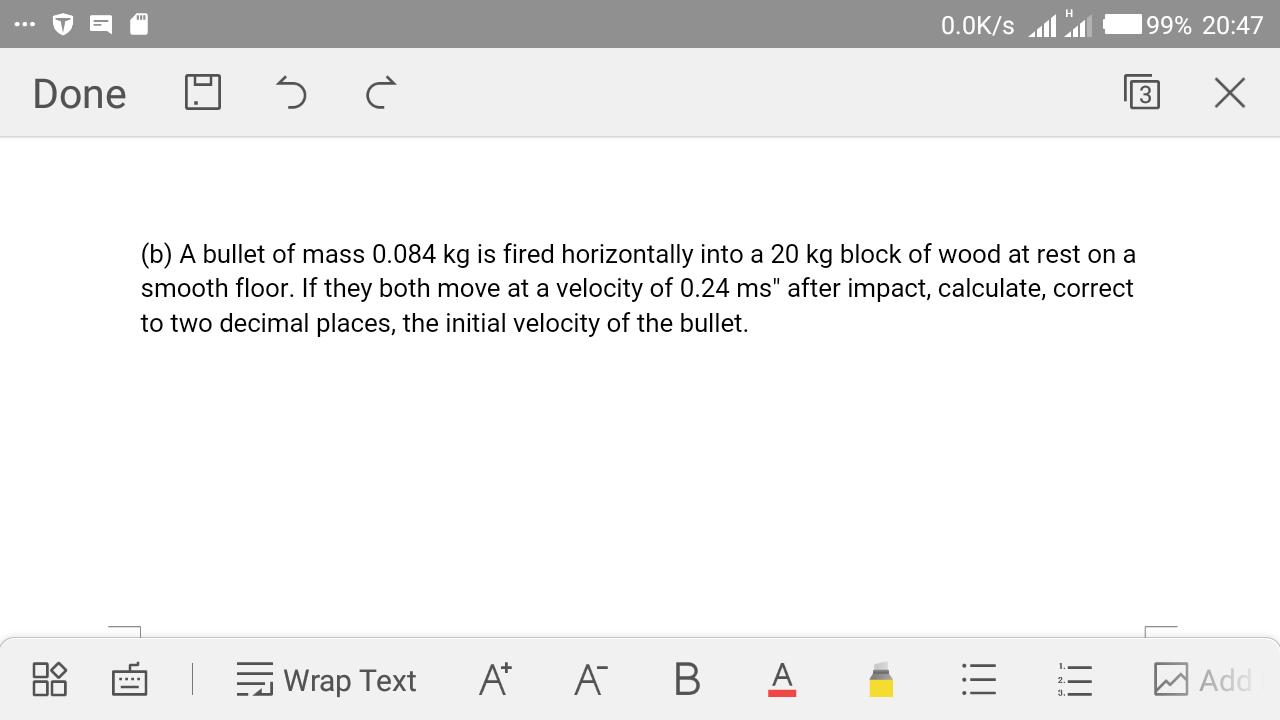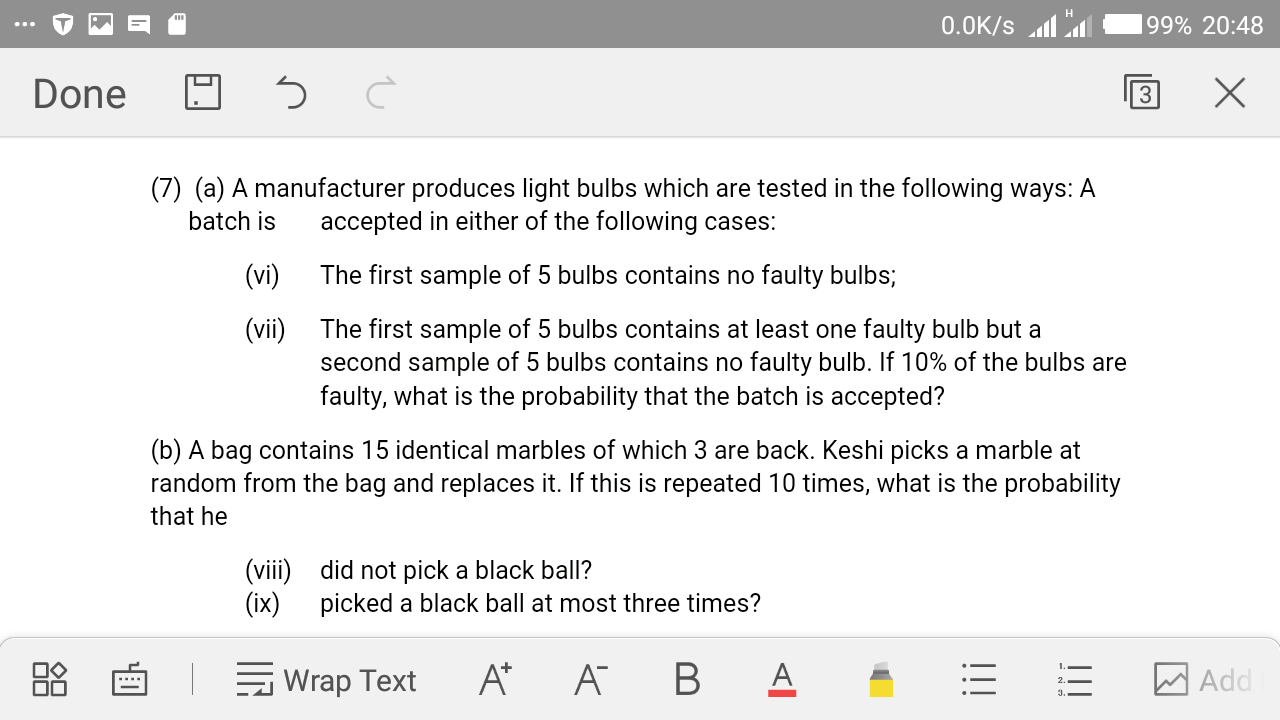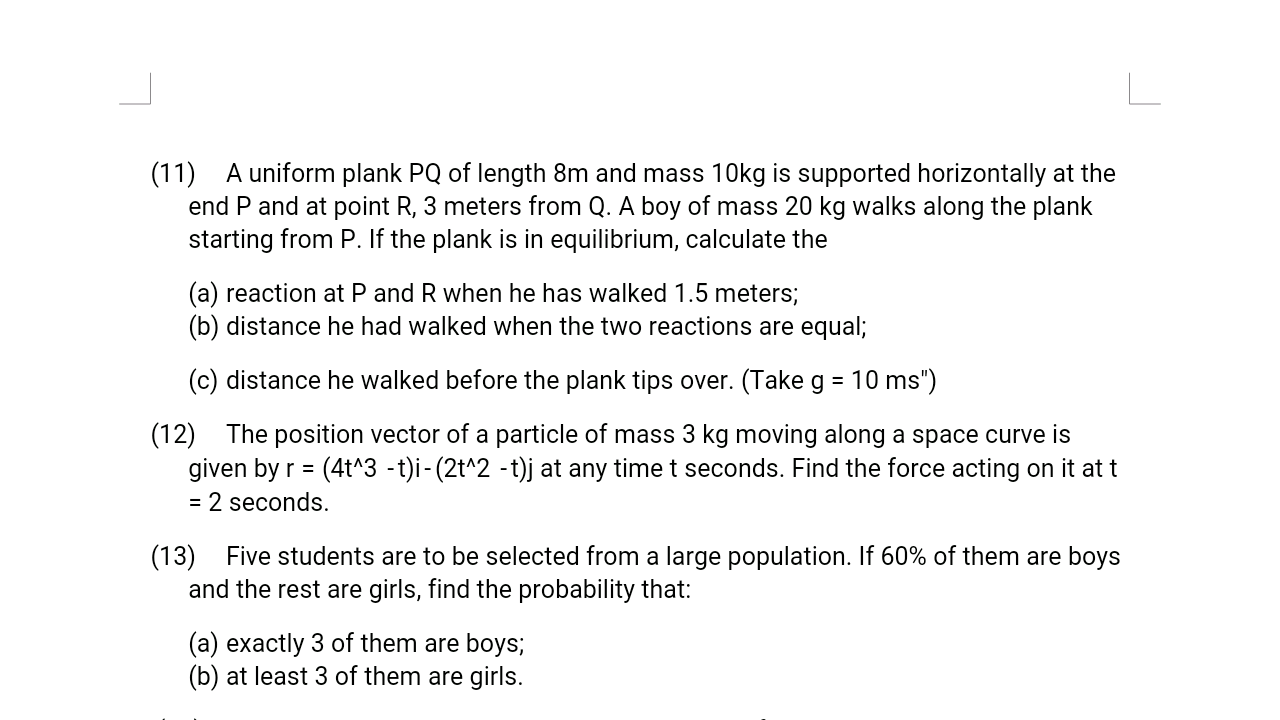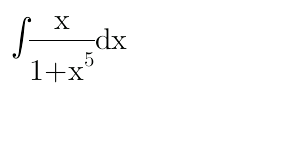
AllQuestion and Answers: Page 1805
Question Number 29231 Answers: 1 Comments: 0

Question Number 29180 Answers: 1 Comments: 0
Question Number 29173 Answers: 1 Comments: 0
Question Number 29172 Answers: 1 Comments: 0

Question Number 29171 Answers: 0 Comments: 0

Question Number 29170 Answers: 0 Comments: 0

Question Number 29169 Answers: 0 Comments: 1
Question Number 29168 Answers: 0 Comments: 1

Question Number 29167 Answers: 0 Comments: 1
Question Number 29166 Answers: 0 Comments: 1
Question Number 29165 Answers: 0 Comments: 1
Question Number 29164 Answers: 0 Comments: 1
Question Number 29163 Answers: 0 Comments: 0
Question Number 29162 Answers: 0 Comments: 1
Question Number 29161 Answers: 1 Comments: 1
Question Number 29149 Answers: 1 Comments: 0
Question Number 29148 Answers: 0 Comments: 1
Question Number 29140 Answers: 0 Comments: 6
Question Number 29138 Answers: 0 Comments: 4
Question Number 29134 Answers: 0 Comments: 3

Question Number 29131 Answers: 1 Comments: 2
Question Number 29136 Answers: 0 Comments: 1

Question Number 29144 Answers: 1 Comments: 0
Question Number 29159 Answers: 0 Comments: 1
Question Number 29158 Answers: 0 Comments: 1
Question Number 29157 Answers: 1 Comments: 1
Pg 1800 Pg 1801 Pg 1802 Pg 1803 Pg 1804 Pg 1805 Pg 1806 Pg 1807 Pg 1808 Pg 1809
